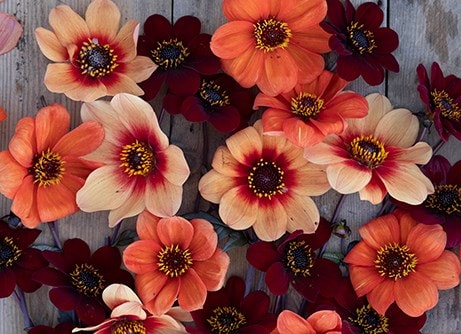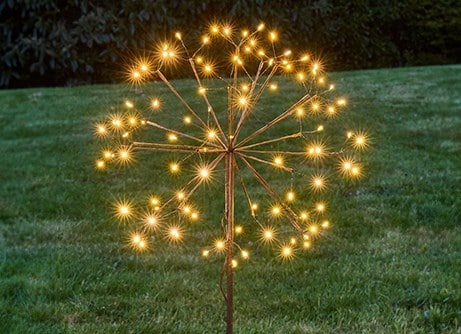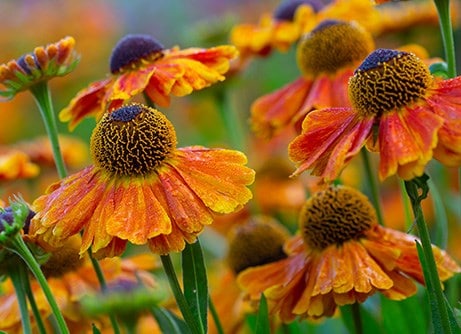
Commanding attention with leaves that appear carved from polished emerald, this majestic Japanese perennial brings bold, tropical drama to partially shaded spaces. Farfugium japonicum var. giganteum creates striking architectural impact with its glossy, kidney-shaped leaves, each spanning an impressive 30cm (12in) or more across, held aloft on long stalks in neat, clump-forming mounds.
While the foliage provides year-round structure, the plant reserves an autumn surprise when sprays of orange-yellow, daisy-like blooms dance above the leaves, extending its ornamental appeal into winter.
This versatile evergreen proves equally striking as a sophisticated solo specimen in contemporary urban settings or as luxuriant groundcover weaving between bamboos, palms, and tree ferns in woodland gardens, thriving in fertile, moisture-retentive soil conditions that echo its native habitat along Japanese stream banks.
While the foliage provides year-round structure, the plant reserves an autumn surprise when sprays of orange-yellow, daisy-like blooms dance above the leaves, extending its ornamental appeal into winter.
This versatile evergreen proves equally striking as a sophisticated solo specimen in contemporary urban settings or as luxuriant groundcover weaving between bamboos, palms, and tree ferns in woodland gardens, thriving in fertile, moisture-retentive soil conditions that echo its native habitat along Japanese stream banks.
How to care for Farfugium japonicum var. giganteum:
Plant in fertile, moisture-retentive soil, positioning it where its dramatic foliage can be appreciated while ensuring protection from cold, drying winds. Space about 60-90cm (2-3ft) apart to allow for their eventual spread, and ensure consistent moisture particularly during establishment, though avoid waterlogged conditions which can lead to root rot. While tolerant of full sun in cooler regions, dappled shade typically produces the most luxuriant growth and prevents leaf scorch.
While relatively low-maintenance, this architectural perennial benefits from specific seasonal care - apply a balanced fertiliser in spring followed by an annual mulch of well-rotted compost in autumn or winter to maintain soil moisture and fertility, and protect the roots from severe or prolonged frost.
Early spring is the ideal time to remove any winter-damaged foliage, allowing new growth to emerge unimpeded. In colder regions of the UK, protect the crown during severe weather by applying a protective layer of straw mulch directly over the leaves when frost or snow threatens, as this evergreen can suffer damage in harsh conditions.
While relatively low-maintenance, this architectural perennial benefits from specific seasonal care - apply a balanced fertiliser in spring followed by an annual mulch of well-rotted compost in autumn or winter to maintain soil moisture and fertility, and protect the roots from severe or prolonged frost.
Early spring is the ideal time to remove any winter-damaged foliage, allowing new growth to emerge unimpeded. In colder regions of the UK, protect the crown during severe weather by applying a protective layer of straw mulch directly over the leaves when frost or snow threatens, as this evergreen can suffer damage in harsh conditions.
Flowering period:
- Jan
- Feb
- Mar
- Apr
- May
- Jun
- Jul
- Aug
- Sep
- Oct
- Nov
- Dec
Eventual height:
0.7m
Eventual spread:
0.7m
Position:
Light shade
Rate of growth:
Average
Soil:
Moderately fertile, moist, well-drained soil
Hardiness:
Fully hardy
-
This perennial is semi-evergreen so it can lose some of its leaves in winter. In colder regions or more exposed gardens, it may lose them all, but then fresh new growth appears again in spring.
-
Humans/Pets: TOXIC if eaten
Product options

9cm pot
was £12.99
now £11.04
In stock
(shipped within 2-3 working days)
(shipped within 2-3 working days)

3 × 9cm pots
was £29.99
now £25.49
£8.50 each
In stock
(shipped within 2-3 working days)
(shipped within 2-3 working days)
1
Delivery options (pick your preferred option at checkout)
Standard Delivery£5.99
Named Day Delivery£10.99
Goes well with
Strulch organic garden mulch
From £12.59
View options
| 1 x 9kg (3 sqm) | £12.59 |
|
| 6 × 9kg (18 sqm) | £69.94 |
|
| 24 × 9kg (72 sqm) | £275.76 |
|
| 2 × 9kg (6 sqm) | £23.98 |
|
| 4 × 9kg (12 sqm) | £47.96 |
|
View details










